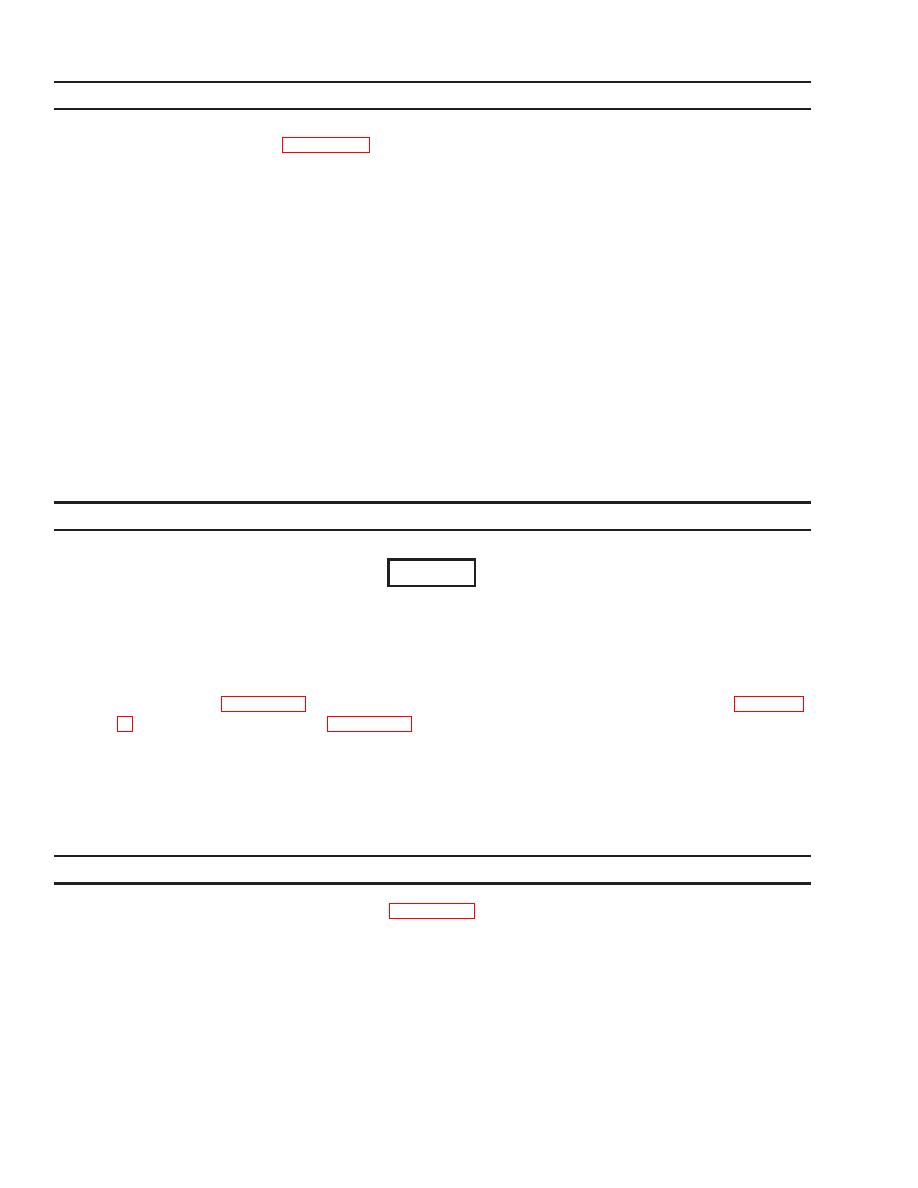
TM 5-2330-325-14&P
a.
Use marker tags (item 20, Appendix F) to identify all electrical wires, lines, and any other parts
which may be hard to identify or replace later. Fasten tags to parts during removal by wrapping wire
fasteners around or through parts and twisting ends together. Position tags to be out of the way
during cleaning, inspection, and repair. Mark tags with a pencil, pen, or marker.
b.
Whenever possible, identify electrical wires with the number of the terminal or wire to which it
connects. If no markings can be found, tag both wires or wire and terminal, and use the same
identifying mark for both. If you cannot tag a wire because it must fit through a small hole or you
cannot reach it, write down the description of the wire and the point to which it connects or draw a
simple diagram on paper. Be sure to write down enough information so you will be able to properly
connect the wires during assembly. If you need to identify a loose wire, look for identifying numbers
near the end of the wire, stamped on a permanent metal tag. Compare this number to wire number
on the appropriate electrical schematic.
c.
Identify lines when you are taking off more than one line at the same time. Mark tags with points to
which lines and hoses must be connected. If it is not obvious which end of a line goes where, tag
each end of the line.
d.
Identify and tag other parts as required by name and installed location.
CAUTION
Use low wattage soldering gun when soldering electrical wires, connectors,
terminal lugs, and receptacles. High wattage soldering guns may damage parts by
overheating.
a.
Solder connection must be bright and clean before soldering. Remove dirt and grease with a wire
brush (item 4, Appendix F) or a pocket knife. Solder used must be of lead alloy (item 18, Appendix
good connection and maximum transfer of heat.
b.
To prevent overheating damage to electrical parts when soldering and unsoldering connections,
hold bare wire, lead, or terminal lug close to soldering point with long roundnose pliers. Pliers act
as heat sink and absorb excess heat.
Use the heat shrinkable tubing (item 25, Appendix F) to insulate soldered and crimped electrical
connections as follows:
(1)
Cut desired length of new heat shrinkable tubing twice the length of the connection to be
covered.
(2)
Slide the heat shrinkable tubing onto the wire and out of the way before making electrical
connection.
(3)
After making electrical connection, slide heat shrinkable tubing into place over electrical
connection.

